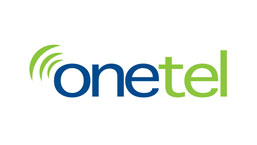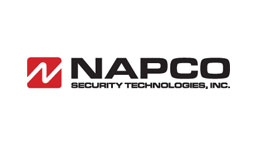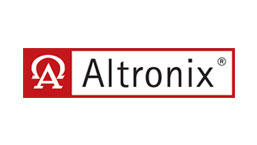Compliance in the Monitoring Industry
This blog aims to provide a professional and neutral overview of compliance essentials in the monitoring industry, reflecting current legislative requirements, best practices, and industry standards.
Compliance in the Monitoring Industry
Introduction: The monitoring industry, encompassing security, fire, and life safety sectors, is an integral part of our daily lives, ensuring safety and compliance in various environments. As the industry evolves, staying abreast of legislative requirements, best practices, and industry standards is paramount for professionals in this field. This blog aims to provide a comprehensive and neutral overview of these essentials, reflecting the current state of the industry.
Legislative Requirements: The Backbone of Compliance
Legislative requirements form the cornerstone of compliance in the monitoring industry. These laws and regulations are designed to ensure that monitoring systems and practices meet minimum safety and effectiveness standards. In the United States, for instance, the National Fire Protection Association (NFPA) provides codes and standards (like NFPA 72) that guide the installation, maintenance, and monitoring of fire alarm systems. Similarly, security systems are regulated under various state and federal laws, which mandate standards for installation, maintenance, and response protocols.
Industry Standards: Upholding Quality and Reliability
Apart from legislative requirements, industry standards play a crucial role in shaping the practices within the monitoring industry. These standards are often developed by professional bodies and organizations such as the Security Industry Association (SIA). They provide guidelines on best practices, quality assurance, and professional conduct. Adhering to these standards not only ensures compliance with legislative requirements but also enhances the reliability and effectiveness of monitoring services.
Best Practices: Ensuring Excellence in Service
Best practices in the monitoring industry are continually evolving, driven by technological advancements and changing market needs. They include:
- Advanced Training and Education: Continuous education is vital in keeping pace with the latest industry developments. This includes understanding new technologies, compliance requirements, and effective response strategies.
- Technology Integration: Leveraging the latest technologies, such as AI-driven analytics and cloud-based monitoring, can enhance the efficiency and effectiveness of monitoring services.
- Quality Assurance and Testing: Regular testing and maintenance of monitoring systems ensure they function optimally and comply with relevant standards and regulations.
- Data Security and Privacy: With the increasing use of digital technologies, protecting client data and ensuring privacy is crucial.
- Customer Education: Educating clients about the importance of compliance, system maintenance, and upgrades is essential for ensuring long-term safety and effectiveness.
Conclusion
In conclusion, compliance in the monitoring industry is a dynamic and multifaceted aspect, encompassing legislative requirements, industry standards, and best practices. Professionals in this field must continuously educate themselves and adapt to these changing demands to ensure the highest levels of safety and effectiveness in their services. By doing so, they not only adhere to regulatory demands but also contribute significantly to the industry’s integrity and public trust.
Written by: Connie Moorhead, CEO of The CMOOR Group









Leave a Reply
Want to join the discussion?Feel free to contribute!